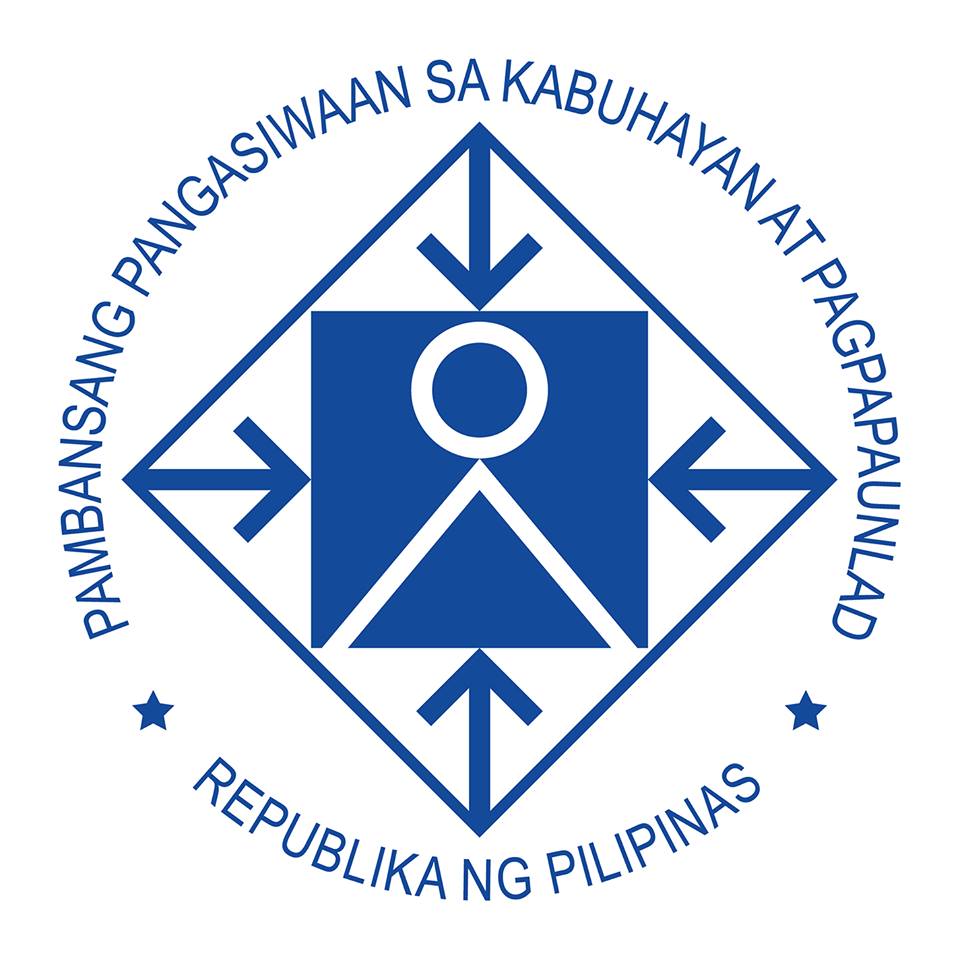Business and Economy
NEDA Board approves Philippine Development Plan 2017-2022

The National Economic and Development Authority (NEDA) Board officially approved on Monday the Philippine Development Plan (PDP) 2017-2022 at Malacanan Palace during its third meeting under the administration of President Rodrigo R. Duterte. (Photo: National Economic and Development Authority/Facebook)
MANILA—The National Economic and Development Authority (NEDA) Board officially approved on Monday the Philippine Development Plan (PDP) 2017-2022 at Malacanan Palace during its third meeting under the administration of President Rodrigo R. Duterte
The PDP 2017-2022 is the first medium-term plan to be anchored on a national long-term vision, or AmBisyon Natin 2040, which represents the collective vision and aspirations of Filipinos for themselves and for the country.
The PDP also takes off from the Administration’s 0-10 point Socioeconomic Agenda and is informed by inputs from the cross-section of stakeholders and the general public.
“By the end of 2022, Filipinos will be closer to achieving their long-term aspirations. Through this PDP, the current Administration will lay a solid foundation for inclusive growth, a high-trust society, and a globally-competitive knowledge economy by grounding its development thrusts on Malasakit, Pagbabago, and Patuloy na Pag-unlad,” said Socioeconomic Planning Secretary Ernesto M. Pernia during his presentation at the NEDA Board meeting.
The PDP contains seven main parts, which include an overview of the economy, development challenges that lie ahead, and development strategies thoroughly articulated through chapters on Enhancing the Social Fabric, Inequality-Reducing Transformation, Increasing Growth Potential, Enabling and Supportive Economic Environment, and Foundations for Inclusive and Sustainable Development.
Targets
As identified in the PDP 2017-2022, growth in gross domestic product (GDP) is expected to strengthen at 7 to 8 percent in the medium term.
Growth is also expected to be more inclusive, where overall poverty rate is targeted to decline from 21.6 percent to 14 percent, and poverty incidence in rural areas to decrease from 30 percent in 2015 to 20 percent in 2022.
The government also identified in the PDP its target of reducing unemployment rate from the current 5.5 percent to 3 to 5 percent by 2022.
Included among the targets also are higher trust in government and society, more resilient individuals and communities, and a greater drive for innovation.
“We want the Philippines to be an upper-middle income country by 2022. With the right policies and with mutual trust between government and the citizenry, this is very possible,” said Secretary Pernia.
Strategies
The PDP 2017-2022 is founded on three main pillars. First is Malasakit, which aims to regain people’s trust in public institutions and cultivate trust among fellow Filipinos.
Strategies under Malasakit include promoting awareness of anti-corruption measures, improving the productivity of the public sector, implementing regulatory reforms, increasing access to legal aid, pursuing corrections reform, and promoting culture-sensitive governance and development.
Second is Pagbabago, or inequality-reducing transformation through increasing opportunities for growth of output and income.
“Opportunities in agriculture will be expanded. We will increase our presence in the global market, and we will streamline bureaucratic processes for both local and foreign businesses,” said NEDA Undersecretary Rosemarie G. Edillon, who presented to the NEDA Board the PDP strategies.
Also under this pillar, “we will pursue strategies such as achieving quality and accessible basic education for all, enhancing disaster risk reduction and management (DRRM) mechanisms, and adopting universal social protection,” added Edillon.
Third, Patuloy na Pag-unlad concentrates on increasing potential growth through sustaining and accelerating economic growth, “this will be done by maximizing the demographic dividend and vigorously advancing science, technology and innovation.”
Strategies under this pillar will ensure maintaining macroeconomic and financial stability, and observing fiscal prudence while the tax system is being reformed into a much simpler, fair and equitable one.
According to NEDA, “a strategic trade policy will also be implemented alongside measures to promote competition and establish a level playing field.”
Meanwhile, under these three pillars lie four cross-cutting bedrock strategies, which are attaining just and lasting peace, ensuring security, public order and safety, accelerating strategic infrastructure development, and ensuring ecological integrity and a clean and healthy environment.
Furthermore, to set the direction for future growth, the PDP 2017-2022 espouses a National Spatial Strategy (NSS), recognizing that population, geography, and cities are engines of economic growth.
The NSS was adopted to identify specific strategies and policies in order to decongest Metro Manila, connect rural areas to key growth areas, and to improve linkages between settlements for higher resilience against natural disasters.
The PDP 2017-2022 also gives special attention to Overseas Filipino Workers (OFWs) and their families. It identifies strategies and policies that will work to protect the rights of overseas Filipinos, improve their quality of life, and integrate them into the country’s development.
NEDA Board members who moved for the approval and adoption of the Plan expressed appreciation to NEDA for the efforts to formulate the PDP.
Pernia, however, clarified that the PDP is not the sole work of NEDA, “but is an interagency effort, as mandated by the Memorandum Circular issued last October 24, 2016.”
The PDP is the product of a Steering Committee composed of Cabinet Secretaries and technical working groups across agencies, he added.
In expressing his support for the PDP, Finance Secretary Carlos G. Dominguez said that “the Philippine Development Plan 2017-2022 is ‘close to a masterpiece,’ and is unlike any other medium-term development plan I have read.”
Following NEDA Board approval, and after minor revisions are incorporated, the NEDA will draft an Executive Order that mandates all government agencies to align respective programs, projects and activities with the Philippine Development Plan 2017-2022.
The NEDA will work closely with national government agencies to prioritize identified policies and programs in order to further the country’s development goals.
The NEDA will also be monitoring progress with various inter-agency committees, and will be reporting regularly its accomplishment of outputs and outcomes through Socioeconomic Reports.





















